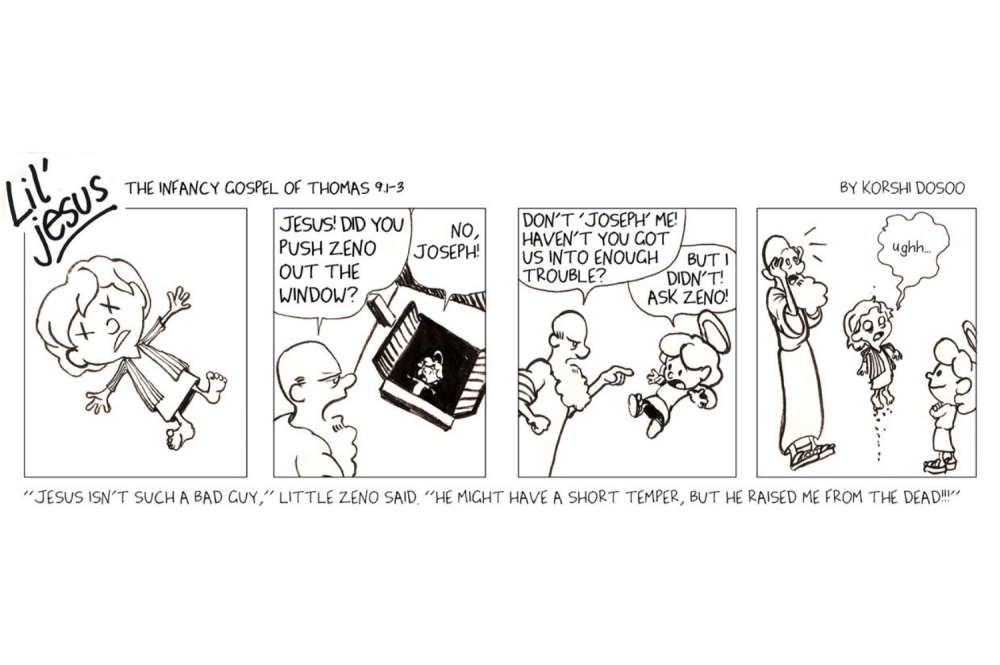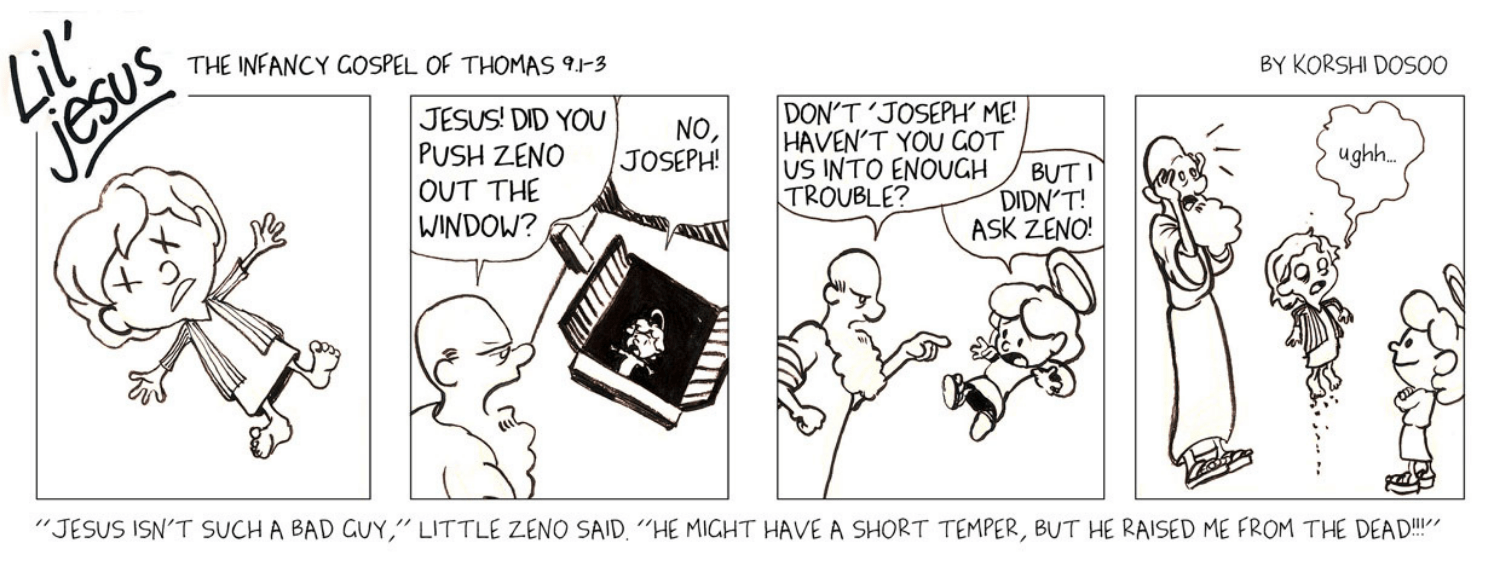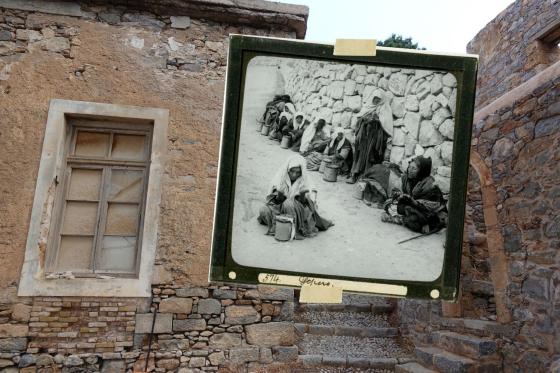If the words “fan fiction” don’t immediately conjure memories of obsessing over your favorite, possibly highly controversial, “ship” pairing of Harry Potter characters, then you were probably popular in middle school. If you haven't read fan fiction yet, the word means exactly what it sounds like. A work of fiction that is fan-created, using the characters from some type of popular media—anything from Marvel movies to Legend of Zelda video games. These stories can be a page long or hundreds of chapters. Most of these works exist in online forums, where the only limit is the imagination of the fan. While fanfiction sometimes gets a bad reputation for being cringe worthy and poorly written, some authors have built huge fan bases and eventually adapted their work into other mediums. You may have seen some fan fiction success stories such as Fifty Shades of Gray (originally a Twilight fanfiction) or the 2019 feature film After (originally a Harry Styles fanfiction).

Fanfiction can be a bit like building with Legos. Sure, you could follow the instructions and build the design that the box suggests, but wouldn't it be more fun to create something entirely new from the same essential building blocks? Fans create situations with their favorite characters based on things they wish would happen. The imagined situations can be “canon-compliant” or “non-canon.” Canon-compliant stories try their best to fit within the confines of the “official” story from the media’s creators. These might be stories that happen “off-screen” or scenes depicted in the original work of fiction from a different character’s perspective. “Non-canon” stories are more about wish fulfillment. What if those two characters that I always thought would get together *cough cough* Draco and Hermione *cough cough* actually did? (I’m, of course, not speaking from personal experience.)
Ancient Stans: Who were the Gnostics?
The Bible we read today was created by compiling sources through a canonization process that took centuries and several wars to complete. The biblical canon includes 66 books that all made the cut and many of which have shaped the way we view the story of Jesus and his acts.
The Gnostics were a loose collection of religious philosophers, desert mystics, and Jesus “stans” throughout the first and second century. These theology nerds were less interested in the sin and salvation narratives taught by the proto-Orthodox Christians slowly gaining power throughout the Middle East and more interested in writing fun stories where Jesus turns a person into a frog. Okay, maybe that is a bit of an oversimplification. The Gnostics were interested in spiritual enlightenment through acquiring gnosis, the Greek word for “knowledge.” To Gnostics, the physical world was dirty and produced evil that could only be escaped by pursuing knowledge of life, the universe, and everything. Jesus represented a pure form of this gnosis, and their writings primarily focused on interesting philosophical and theological debates Jesus had with his followers.
There are 52 Gnostic gospels. To an untrained eye, these Gnostic texts are often indistinguishable from texts within the Biblical canon. In other words, these non-canonical texts are sort of like ancient fanfiction. A text called Gospel of Judas features conversations between Jesus and Judas Iscariot, the disciple who would eventually betray him. Unlike the canonical gospels, the Gospel of Judas paints Judas’ actions as done in obedience to Jesus, rather than an act of betrayal. The gospel attempts to give backstory behind Judas’ motivation for turning over Jesus to his enemies, using the same biblical characters but exploring different ideas of faithfulness.
One Gnostic text explores Jesus’ life in his childhood years, which are not depicted in the canonical gospels.
 Image credit
Image credit
The Infancy Gospel of Thomas
The Infancy Gospel of Thomas describes the life of a childhood Jesus from ages 5-12. The writing is extravagant, depicting ridiculous situations that a young savior may have found himself in, as he’s learning how to control some of his godly abilities. The stories show how Jesus matures over time and learns to use his powers for good. It’s full of accidental killings, young kid sass, and the trials and tribulations of young savior life. When reading the text, the style and form feel familiar to the New Testament texts; however, this gospel is not text to be taken literally, but rather a kind of ancient fanfiction. The author of the gospel (who is unknown) imagines what Jesus’ youth may have been like, filling in the gaps before the story that they knew of his later life.
“And again, after many days, Jesus was playing with other children on a certain roof of an upstairs room. But one of the children fell and died. And the other children saw this and went into their houses. And they left Jesus alone. And the parents of the child who had died came and accused Jesus, saying, ‘You pushed down our child!’ But Jesus said, ‘I didn’t push him down.’ And they were raging and shouting. Jesus came down from the roof and stood beside the body and cried out in a loud voice, saying, ‘Zeno, Zeno’ – because this was his name – ‘Rise and say whether I pushed you down.’ And he rose and said, ‘No, sir.’ And they saw and were amazed. And again Jesus said to him, ‘Fall asleep!’ And the parents of the child praised God and worshiped the child Jesus.”
- Excerpt from a public domain translation of The Infancy Gospel of Thomas
The Infancy Gospel of Thomas is an entertaining read for fans of Jesus, but isn’t meant to be treated as fact. Rather, it is an exploration of Jesus as a beloved character. At times, it even makes you laugh out loud! A.D. 16 explores Mary Magdalene and Jesus’ teenage years with the same fondness. It’s not without precedent to pontificate on the lives of these notable biblical characters. This musical strikes a skillful balance between reverence and humor by focusing on the humanness of this savior-born-man. Using the essential building blocks and tents of the Bible, we’re offered a story about love and selflessness that would make a Gnostic proud.
Box Office: 301.924.3400
Open Wednesday - Sunday: 12:00 PM - 6:00 PM
Save 15% on Weeknight Performances
Use the code WEBSITE15 at checkout to save 15% on Wednesday, Thursday, and Friday night performances of Hello, Dolly! through January 2*.
*All sales final. Not valid on previously purchased tickets. Cannot be combined with any other offer. Limit 4 tickets per household. 1 order per household. Only valid on weeknight performances of Hello, Dolly! through December 19. Offer valid while supplies last.
Purchase Now





